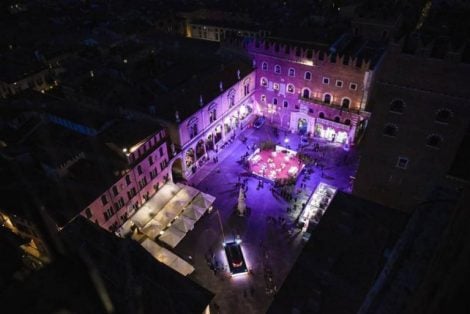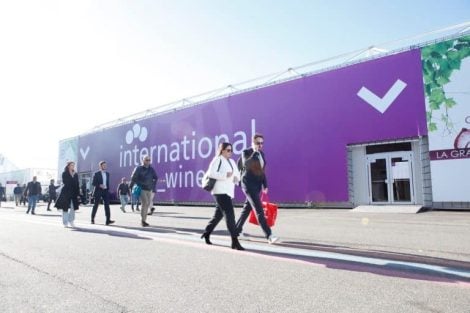Walking into a dimly lit place, where noises are heard in the distance and sounds are muffled, with humidity around 75%, temperature never exceeding 15°C and not dropping below 10°C, thick walls, and gravel-covered ground instead of flooring— is every wine enthusiast’s dream. That’s the perfect wine cellar, the kind we often see in brochures of historic wineries, perhaps housed in a castle or a countryside estate, but one that few, if any, of us can actually create.
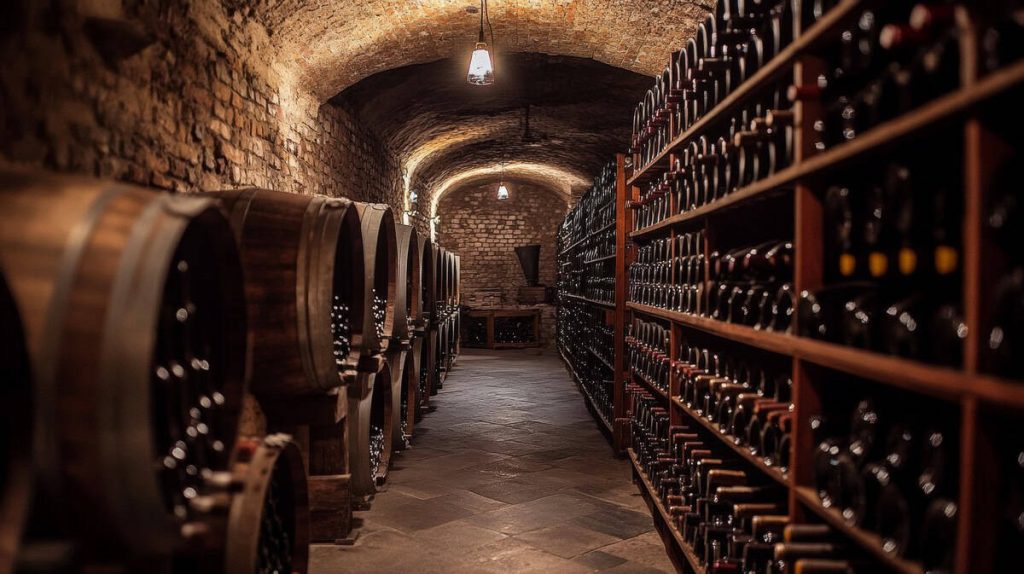
Should we therefore give up buying bottles of wine and storing them at home? Certainly not. But some simple rules must be followed rigorously — unlike food and wine pairings — and a few small precautions must be observed.
That way, when we bring our bottle to the table, it should not show defects caused by poor storage. On the contrary, it will express its best qualities, without the risk of ruining a dinner with friends, a family lunch, or—worse still—a special occasion.
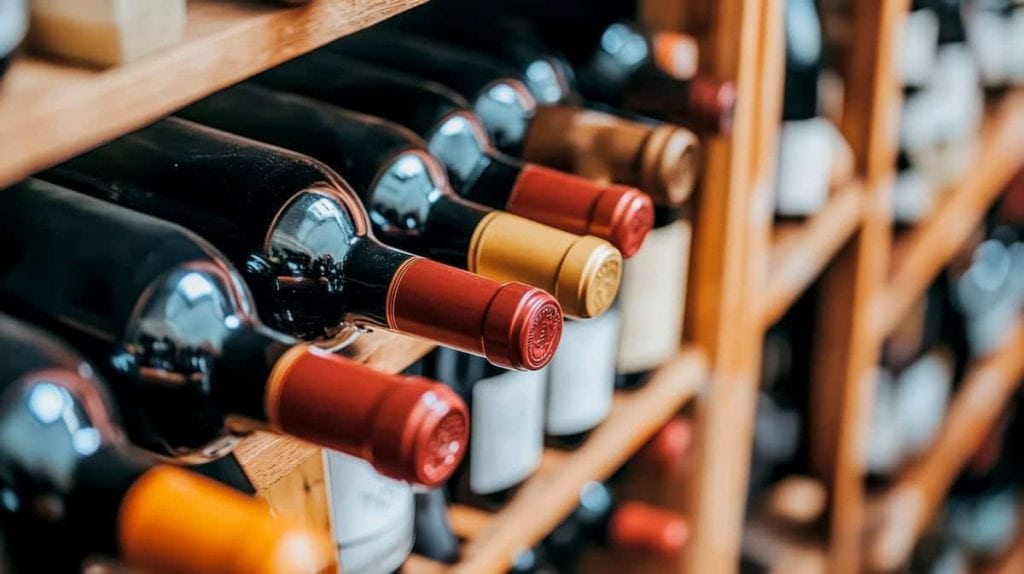
Storing wine before opening it
Too hot (or too cold) temperatures? No, thanks!
One fundamental premise: wines and people require different climatic conditions. For example, while 20°C may be perfectly comfortable for us, it significantly accelerates wine’s maturation process. This means that if a great Barolo can easily age well for two decades, its lifespan will be significantly reduced—by more than half—if the storage temperature is too high, especially if accompanied by frequent fluctuations.
This also means that if we keep wine in a space that is not entirely suitable for storage, we will likely need to consume it sooner than guides and experts suggest.
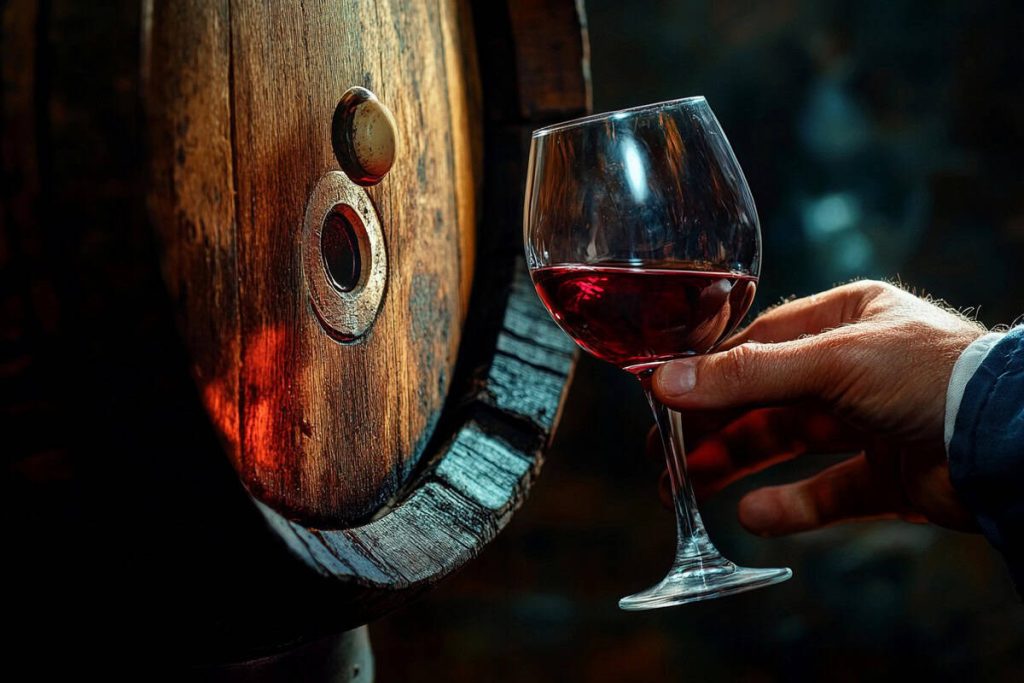
If heat is wine’s enemy, so is excessive cold. Wines should not be left in the fridge for too long; they become “frozen” and will taste rigid and restrained. This is something we have personally experienced during a dinner at a restaurant with outstanding wines. Never chill them in the freezer—always in the fridge, or better still, in a water bucket with some ice.
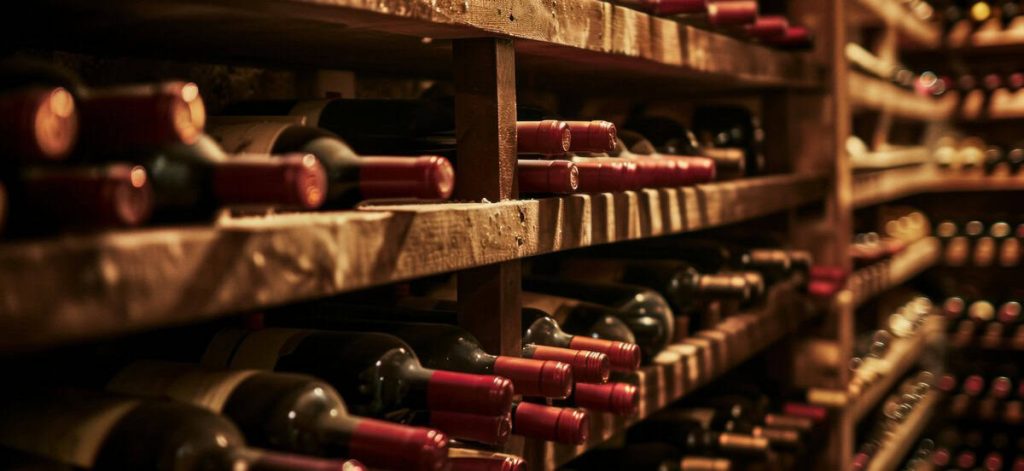
How and where to position wine bottles
Rule number one: bottles should be stored lying down. The wine needs to keep the cork moist, allowing it to expand and adhere better to the glass, preventing excessive air passage and subsequent oxidation.
Among other useful tips, avoid storing bottles on high shelves. As we know, warm air rises, so it is best to place bottles at floor level—especially sparkling wines and white wines, which are more sensitive to temperature fluctuations.
Keep wines away from heat sources, meaning never store them in the kitchen, near fireplaces or radiators. Also, avoid cramped storage rooms, as they heat up quickly.
Finally, remember that wine absorbs odours. If you are a DIY enthusiast, do not store wine in the garage where there are paints, glues, and solvents. Likewise, avoid rooms where cheeses or cured meats are being aged.
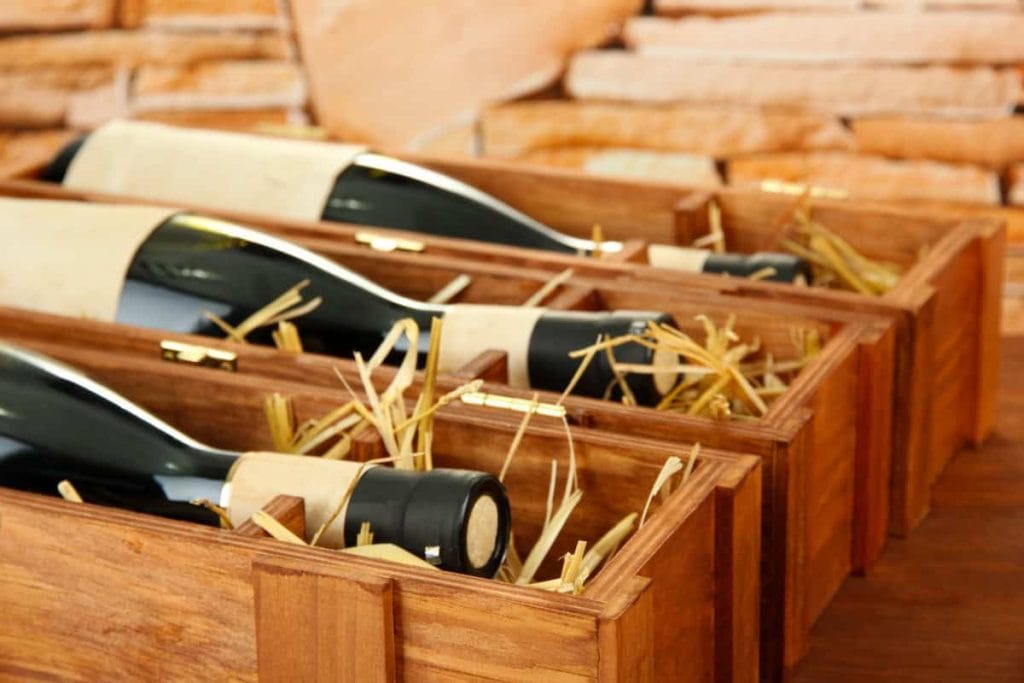
If you have no other options, sacrifice the lower shelves of your bookcase, preferably enclosed by a door. Wood is a poor conductor of heat and creates an insulating layer between external warmth and the internal shelf temperature. If you receive (or buy) bottles in wooden cases, store them inside. If you have a room at home (or a garage or cellar) that allows it, consider using concrete structures, another excellent heat insulator.
In such cases, it would also be helpful to install a small air conditioner or at least try to insulate the walls to prevent temperature and humidity fluctuations. If this is not feasible, polystyrene containers can be a good alternative.
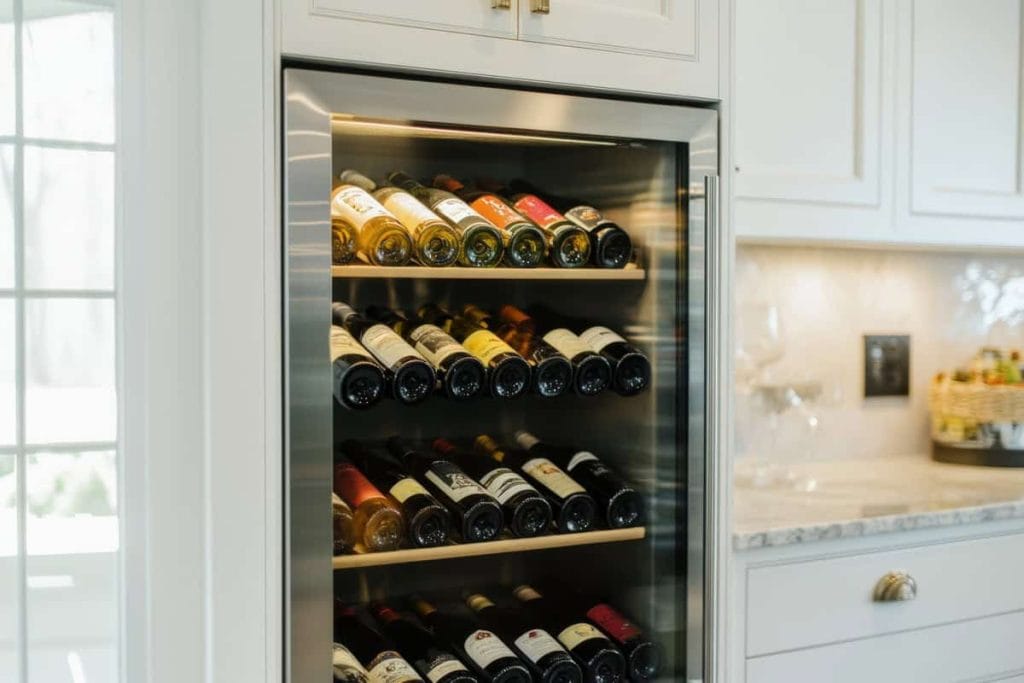
If you are willing to invest, you can purchase a refrigerated wine cabinet—there are many types on the market. The important thing is that it has separate temperature compartments. These work well for short-term storage (a couple of weeks), but they are not a substitute for a proper wine cellar.

Storing wine after opening it
Everything mentioned so far applies to sealed bottles. But if you have an opened bottle with some wine left, what should you do? While it is always best to finish a bottle once opened, let’s see how to preserve the remaining contents.
Do not leave the bottle open for too long
First, let’s be clear: once opened, wine comes into contact with oxygen, and its lifespan shortens considerably. You don’t have much time to enjoy its qualities—aromas will fade, and flavours will flatten. First and foremost, reseal the bottle with a stopper that seals the opening as tightly as possible.

Not all wines are the same—shelf life varies by type
If there is little wine left in the bottle, transfer it to a smaller glass container to minimise oxygen exposure. It is also best to store it at a cool temperature—between 10°C and 12°C for whites and 12°C and 15°C for reds. At this point, different types of wine require different approaches.
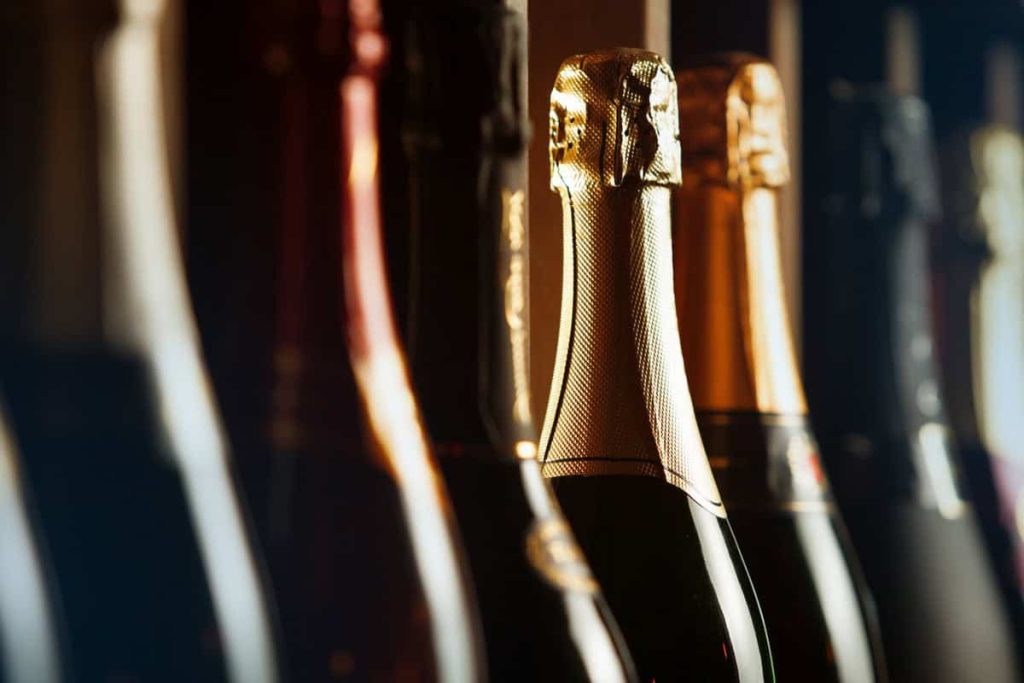
Storing sparkling and fizzy wines
Sparkling and fizzy wines deteriorate the fastest—not only do their aromas fade, but they also quickly lose their carbon dioxide, which gives the pleasant tingling sensation of bubbles.
There is an old myth that inserting a teaspoon into the bottle helps preserve the bubbles—it’s pure nonsense, a sort of urban legend, as it has no real effect. Special airtight stoppers that grip the neck of the bottle help to some extent, but even with these, an opened bottle of sparkling wine won’t last more than a day or two. This applies to Franciacorta, Trento, Alta Langa, Conegliano-Valdobbiadene, Lambrusco, and so on.
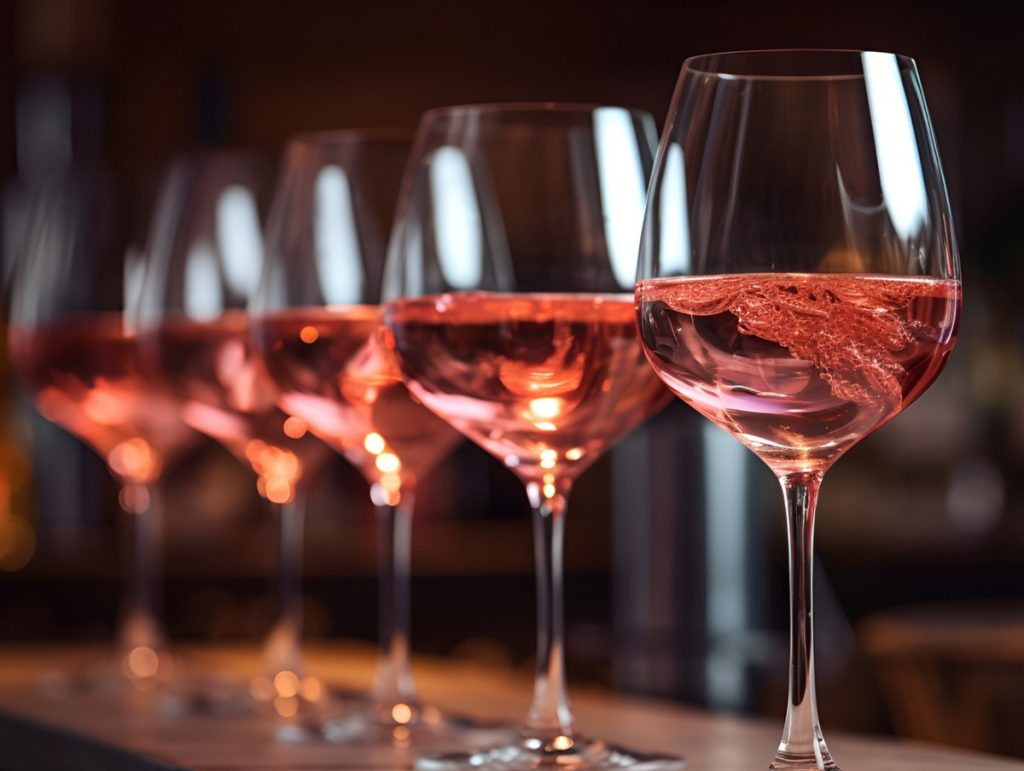
Storing white and rosé wines
For fresh and light whites—such as Falanghina, Passerina, Vermentino, or delicate and fragrant rosés like Chiaretto di Bardolino or Valtènesi—they can last two to three days.
Full-bodied and structured whites, possibly aged, can still perform well after three or four days—try with Verdicchio, Fiano, Cerasuolo d’Abruzzo, Soave.
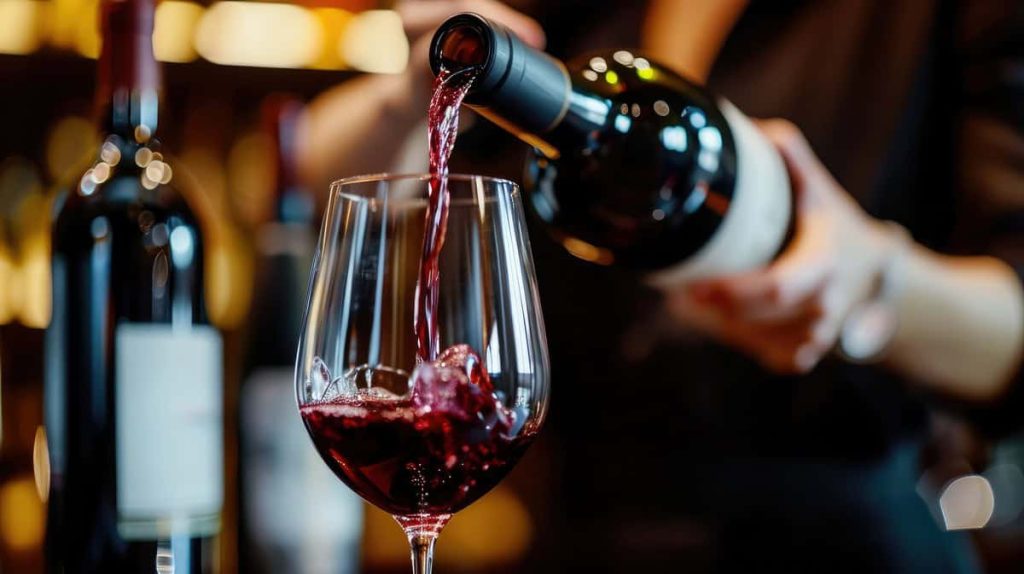
Storing red wines
Red wines last slightly longer than whites, but don’t push it too far. They can last four to five days, but proper storage is essential.
Light reds with little tannin or fine tannins can be stored at lower temperatures—for example, Schiava, Valpolicella, Pinot Noir, Ciliegiolo.
Full-bodied reds aged in wood and slightly older wines should remain at cool room temperature, not cold—this applies to Barolo, Amarone, Chianti Classico, Aglianico, Cannonau, and others.

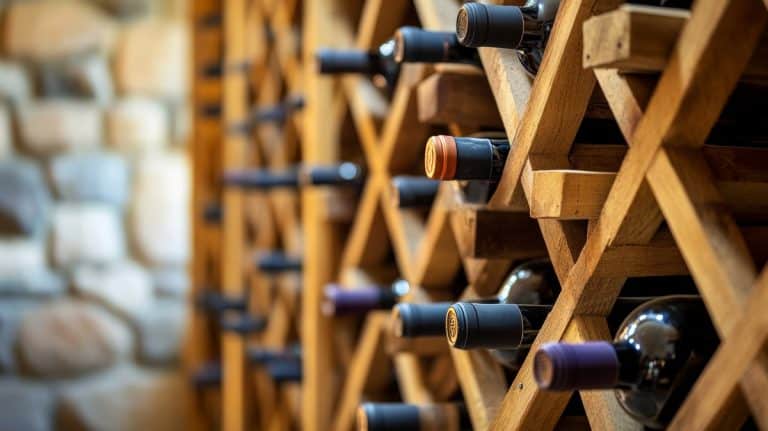
 Vinitaly 2025: "Piwi should not be included in the DOCs. Dealcoholised wines? I have changed my mind." Angelo Gaja's position
Vinitaly 2025: "Piwi should not be included in the DOCs. Dealcoholised wines? I have changed my mind." Angelo Gaja's position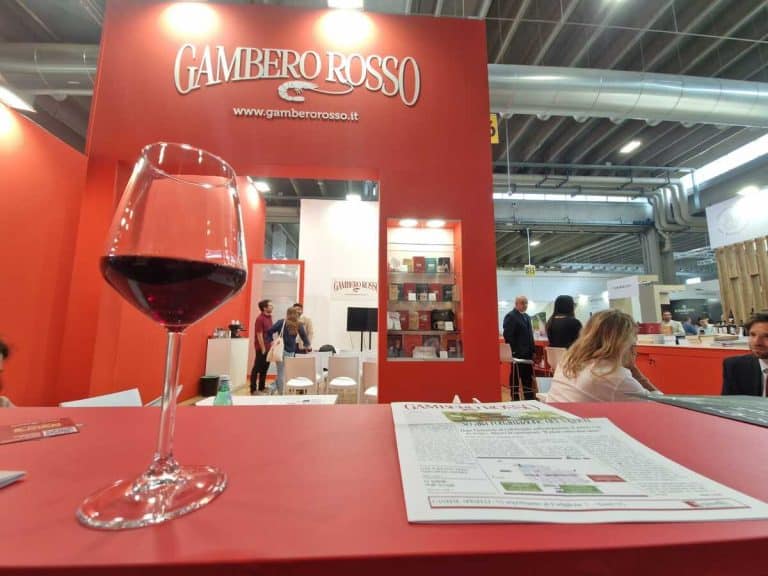 Vinitaly 2025: here are all the events by Gambero Rosso. Tre Bicchieri, debates, TV and much more...
Vinitaly 2025: here are all the events by Gambero Rosso. Tre Bicchieri, debates, TV and much more...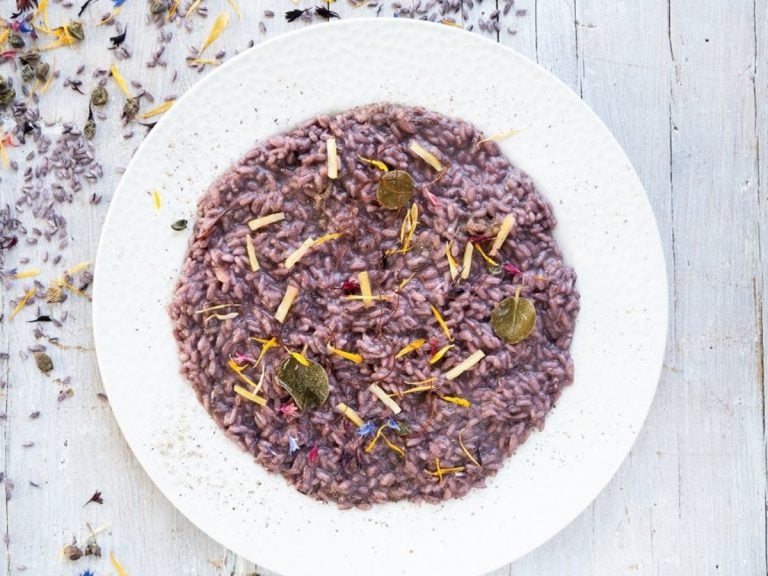 A giant rice grown in the land of buffaloes: the story of a bourbon edict
A giant rice grown in the land of buffaloes: the story of a bourbon edict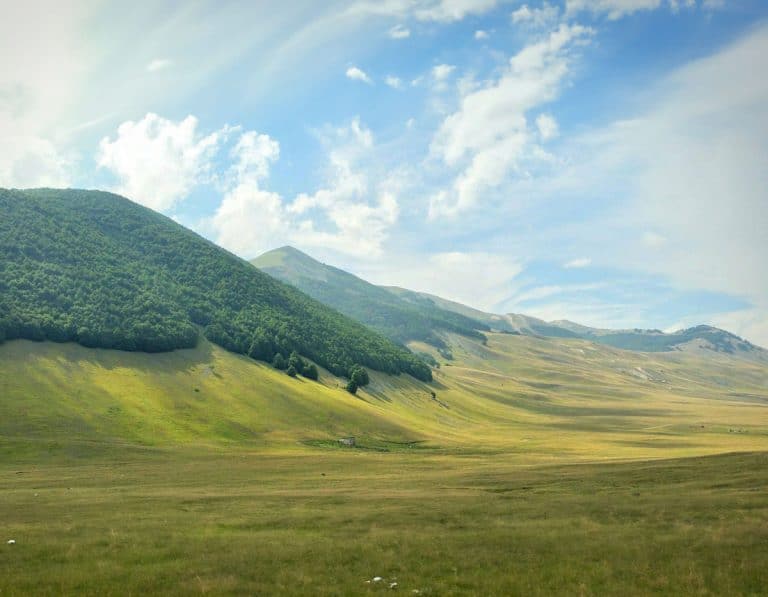 Where to eat in the Majella park, amidst stunning landscapes and authentic cuisine
Where to eat in the Majella park, amidst stunning landscapes and authentic cuisine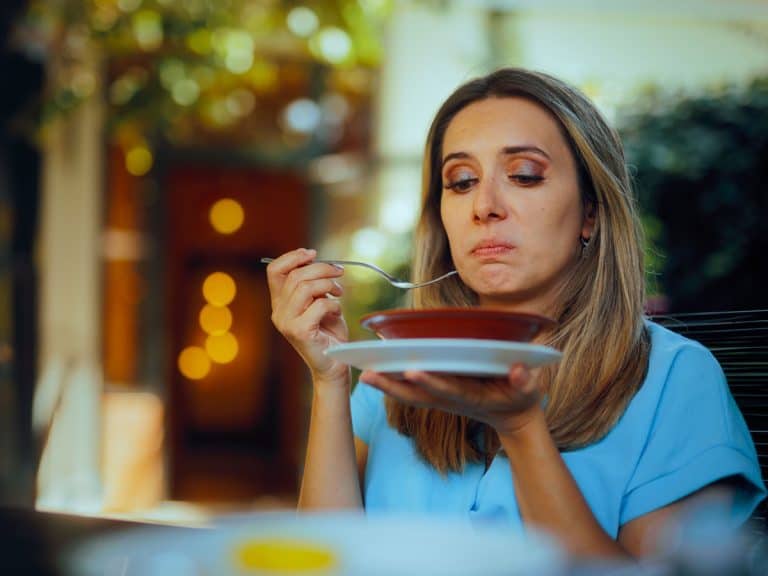 No more identical venues and overtourism food—let’s start again with lunch and trattorias
No more identical venues and overtourism food—let’s start again with lunch and trattorias
